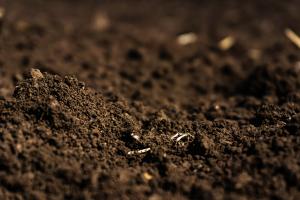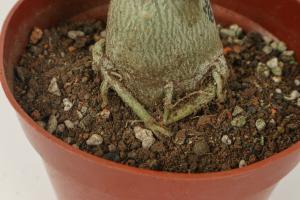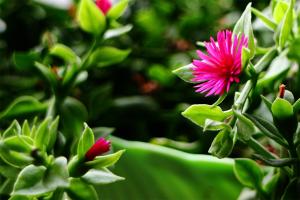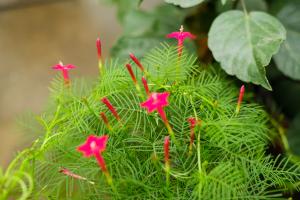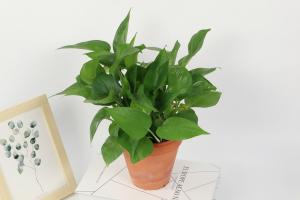Introduction
Snake plants are a popular indoor plant choice due to their ability to tolerate low-light conditions and infrequent watering. However, to ensure optimal growth and health, it is important to select the best potting soil for your snake plants. In this article, we will explore the different types of potting soils available and which ones are the best for snake plants.
Types of Potting Soil
There are several types of potting soils available on the market, including:
Peat-based soil: This type of potting soil is made from decomposed sphagnum moss and is an excellent choice for plants that require a lot of water.
Coir-based soil: Coir is a sustainable alternative to peat moss and is created from the fibers found in coconut husks. This type of soil is great for plants that require good drainage.
Perlite-based soil: Perlite is a volcanic glass that is used to improve soil drainage and aeration. This type of soil is great for plants that require a well-draining soil mixture.
The Best Potting Soil for Snake Plants
The best potting soil for snake plants is a well-draining soil mixture that allows water to flow through the roots while still retaining enough moisture to keep the plant healthy. A mix of peat-based soil, coir-based soil, and perlite-based soil will provide the perfect balance for your snake plant.
When selecting a potting soil mix for your snake plant, make sure to look for one that is specifically designed for indoor plants. These types of soil mixes will usually contain a blend of peat moss, perlite, and vermiculite, which is a natural mineral that helps retain moisture in the soil. Additionally, you can add some coarse sand or gravel to the mix to improve drainage.
How to Pot Your Snake Plant
Once you have selected the best potting soil for your snake plant, it is time to repot it. Here are the steps you should follow:
Carefully remove your snake plant from its current pot.
Inspect the roots and remove any that are dead or damaged.
Add a layer of potting soil mix to the bottom of the new pot.
Place your snake plant in the new pot and fill in the sides with soil.
Press the soil down firmly to ensure that there are no air pockets.
Water your snake plant thoroughly.
Tips for Maintaining Healthy Snake Plants
In addition to using the best potting soil for your snake plant, there are several other tips you can follow to ensure that it stays healthy:
Water your snake plant only when the soil is dry to the touch.
Avoid over-watering your snake plant, as this can lead to root rot.
Place your snake plant in a spot with bright, indirect sunlight.
Dust the leaves regularly to keep them clean and free of pests.
Fertilize your snake plant with a balanced, water-soluble fertilizer every 2-3 months.
Conclusion
Selecting the best potting soil for your snake plant is an important step in ensuring its health and vitality. A well-draining soil mixture that retains moisture will provide the perfect growing environment for your plant. By following the tips in this article, you can keep your snake plant healthy and thriving for years to come.

 how many times do yo...
how many times do yo... how many planted tre...
how many planted tre... how many pine trees ...
how many pine trees ... how many pecan trees...
how many pecan trees... how many plants comp...
how many plants comp... how many plants can ...
how many plants can ... how many plants and ...
how many plants and ... how many pepper plan...
how many pepper plan...